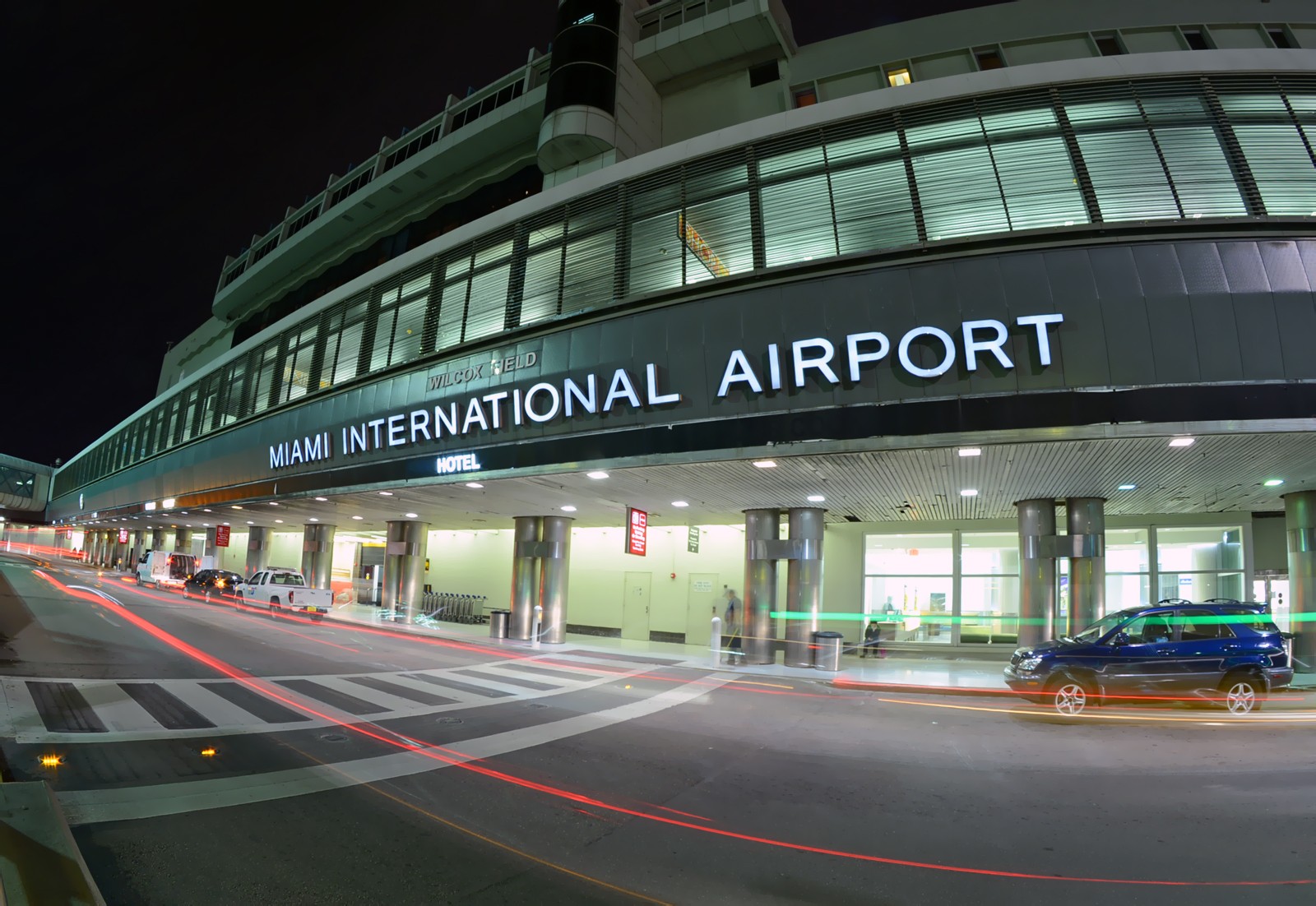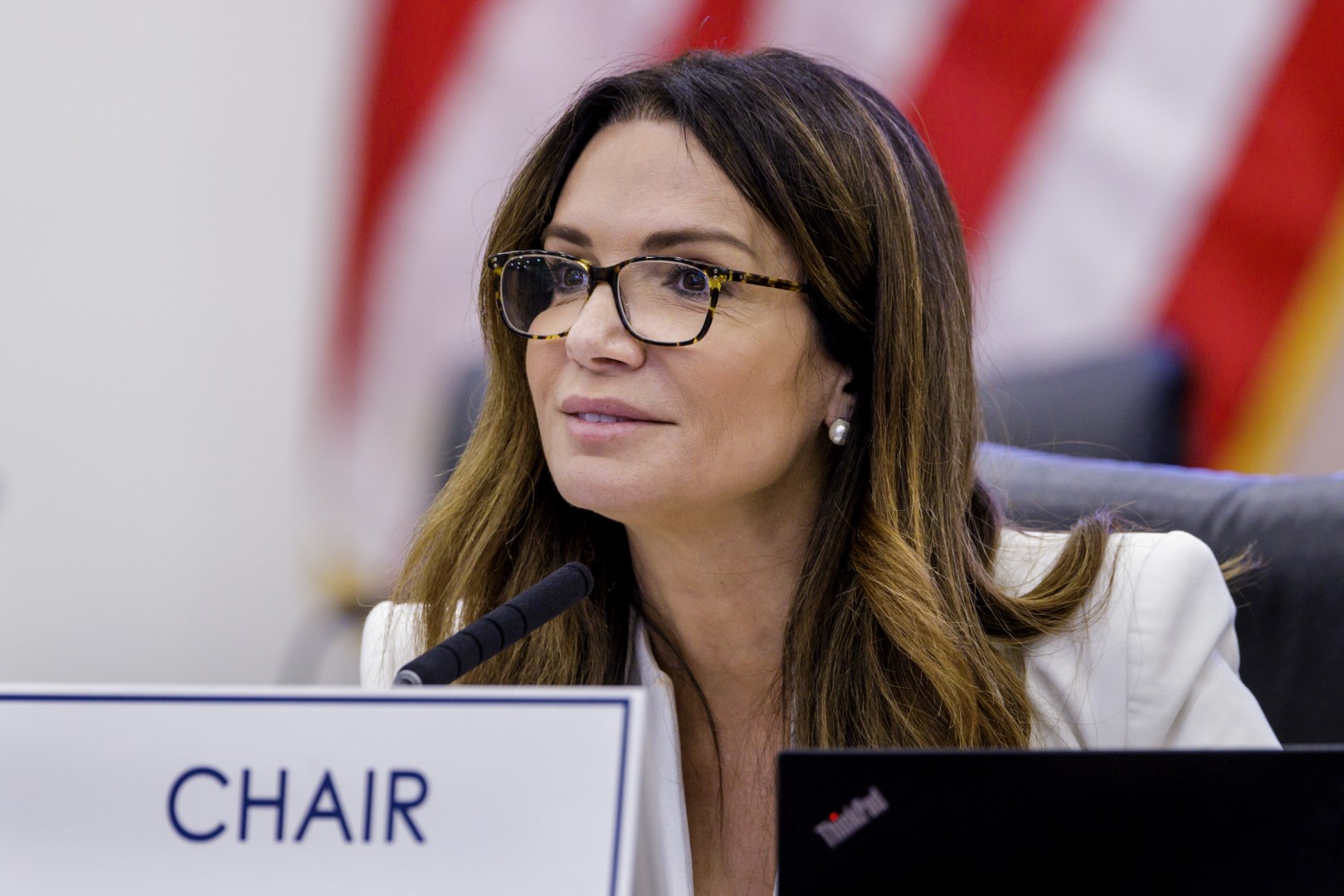A proposed Senate budget would allocate $8.7 billion for higher education spending, with Sen. Gayle Harrell spotlighting work on career and technical education.
Harrell chairs the Senate Higher Education Appropriations Committee, making her a key figure in crafting this portion of the budget, which totals $11.5 billion, including local funds alongside the proposed state and federal expenditures.
Of course, the biggest pots of money would go toward the overall State University System (SUS) and Florida College System.
The budget allocated more than $4.25 billion for the SUS, including $213.7 million for the University of Florida Institute of Food and Agricultural Sciences (UF-IFAS). In that silo, and others, the state says there will be no required tuition increase.
“In our university system, we maintain the low cost of tuition for instate students and make other targeted investments in specific programs,” Harrell said.
“For example, for UF-IFAS, there are funds to establish new programs in Agricultural Technology in partnership with Florida College System institutions, technical centers, and school districts. We also include $20 million for the Florida Center for Autism and Neurodevelopment at UF to develop and implement the programs and services as provided for in SB 112, which the Senate passed unanimously several weeks ago.”
Other SUS allocations include $62.7 million for UF’s Lastinger Center for Learning, $40 million for PIPELINE Nursing Incentive Funds, $38 million for the Florida Center for Nursing at the University of South Florida, $29.8 million for the Community School Grant Program, and $12.5 million for the Florida Postsecondary Comprehensive Transition Program for Students with Unique Abilities.
The Florida College System secures just over $1.75 billion in budget dollars, with a matching $40 million for PIPELINE Nursing Incentive Funds.
The budget would also allocate $1.7 billion to the College System Program Fund, $30 million to Student Success Incentive Funds, and $20 million to CAPE Incentive Funds for students who earn industry certifications.
However, Harrell highlighted in a Friday release on the Senate’s budget plans that lawmakers are pushing just under $820 million in School District Workforce funds.
“We know students are best served when education is linked to the realities and opportunities of the economy and the job market. Along those lines we are enhancing our commitment to Career and Technical Education opportunities with support for school districts and colleges that create or expand these vital programs,” Harrell said.
“We are also continuing the funding of the Graduation Alternative to Traditional Education (GATE) Program to incentivize school districts and colleges to offer high school drop-outs the opportunity to obtain GEDs and career education credentials simultaneously and free of charge to the student.”
Under this plan, the GATE program would receive $5 million, with another $7 million available for scholarship funds under the budget’s Student Financial Aid section.
Other workforce provisions include $501.9 million overall for workforce development, $100 million for Workforce Capitalization Incentive Grants, and $20 million each for PIPELINE Nursing Incentive Funds and the Pathways to Career Opportunities Grant Program for apprenticeships.
As for financial aid, the budget puts aside $1.07 billion total, including the GATE money.
Bright Futures makes up $637.7 million of that allocation. Other significant spending items include $38.1 million for the Benacquisto Scholarship Program, $35 million for the Open Door Grant Program, $29.1 million for children and spouses of deceased or disabled veterans, and $10 million for the Florida First Responder Scholarship Program.
Other notable funding pots include:
— $279.6 million for vocational rehabilitation.
— $262.1 million for the Board of Governors, including $250 million for the Board to use by developing “a methodology to distribute the funds based on factors that promote student success while recognizing the unique characteristics and missions of the individual universities.”
— $187 million for private colleges, including $135.9 million toward Effective Access to Student Education and $32.3 million for historically Black colleges and universities.
— $78.5 million for blind services.
These higher ed spending amounts are part of a slightly lower budget proposal by the Senate compared to last year’s budget.
“This budget reflects a return to a more normal budget spending pattern, aligned with our revenues over the long-term,” said Sen. Ed Hooper, Chair of the powerful Senate Appropriations Committee.
“Our revenues are increasing, but instead of spending all of what we have, we are paying down debt, setting aside reserves, and creating opportunities for significant tax relief, so Floridians can keep more of their hard-earned money.”
Post Views: 0

 Entertainment8 years ago
Entertainment8 years ago
 Politics8 years ago
Politics8 years ago
 Entertainment8 years ago
Entertainment8 years ago
 Entertainment8 years ago
Entertainment8 years ago
 Tech8 years ago
Tech8 years ago
 Tech8 years ago
Tech8 years ago
 Tech8 years ago
Tech8 years ago
 Politics8 years ago
Politics8 years ago










